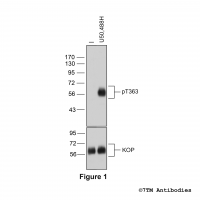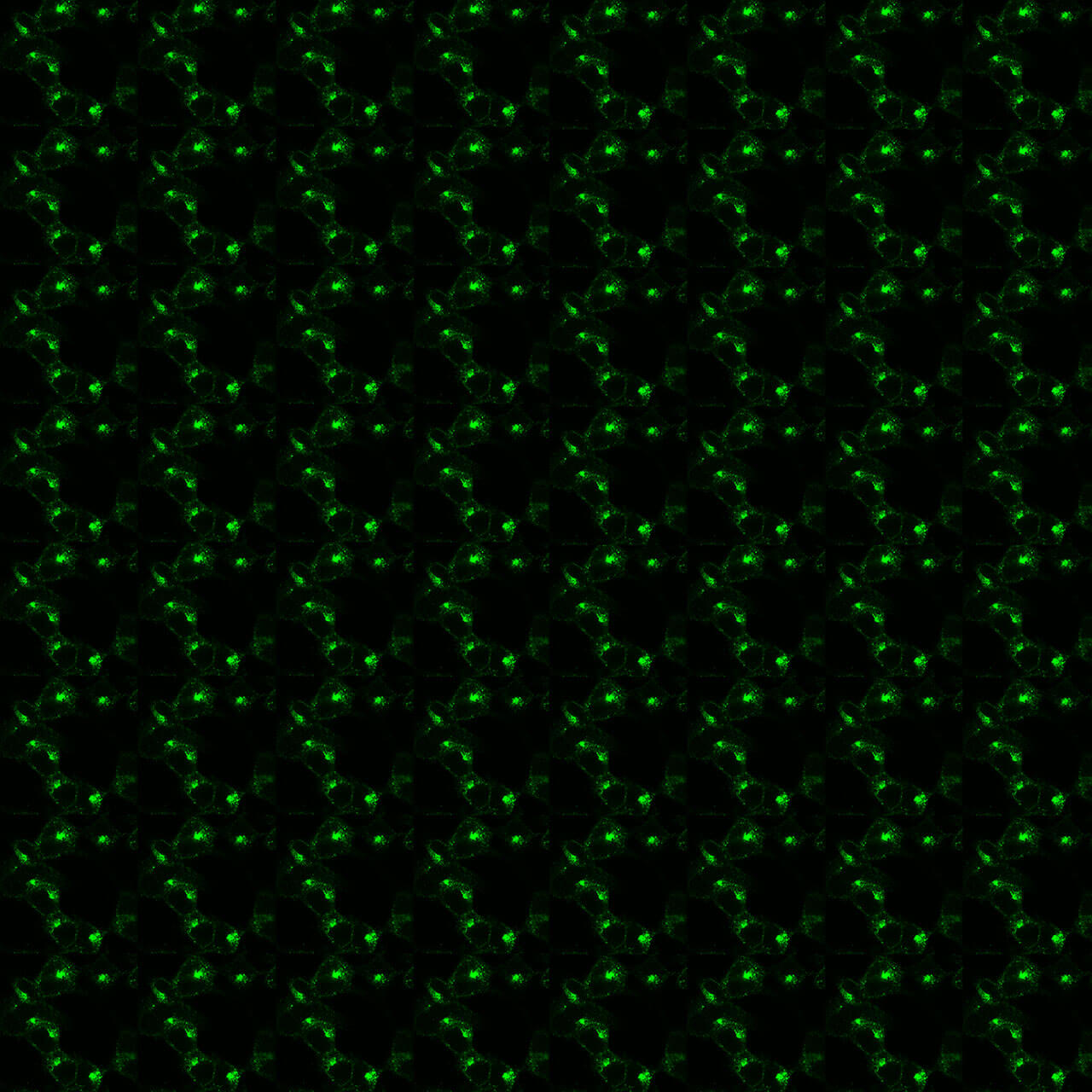No results were found for the filter!
Citations
 pS356/pT357-KOP (phospho-κ-Opioid Receptor...
pS356/pT357-KOP (phospho-κ-Opioid Receptor... Serine356/Threonine357 is a major phosphorylation site of the kappa-opioid receptor (KOP). The pS356/pT357-KOP antibody detects phosphorylation in response to agonists as well as after PKC activation. S356/T357 phosphorylation is a key...
$ 375.00 *
Citations
 pT363-KOP (phospho-κ-Opioid Receptor Antibody)
pT363-KOP (phospho-κ-Opioid Receptor Antibody) Threonine363 is a major phosphorylation site of the kappa-opioid receptor (KOP). The pT363-KOP antibody detects phosphorylation in response to high-efficacy agonists. T363 phosphorylation is a key regulator of KOP desensitization,...
$ 375.00 *
Citations
 KOP (non-phospho) κ-Opioid Receptor Antibody
KOP (non-phospho) κ-Opioid Receptor Antibody The non-phospho-kappa-opioid receptor antibody is directed against the distal end of the carboxyl-terminal tail of mouse, rat and human KOP. It can be used to detect total KOP receptors in Western blots independent of phosphorylation.
$ 300.00 *
Recently viewed


